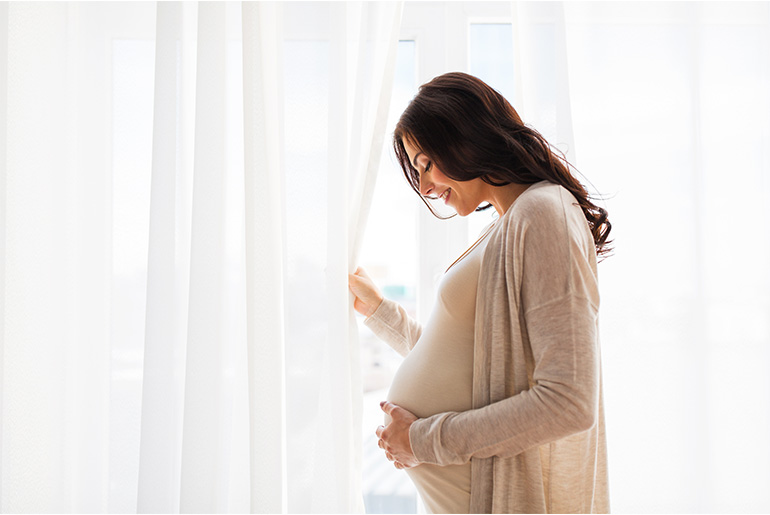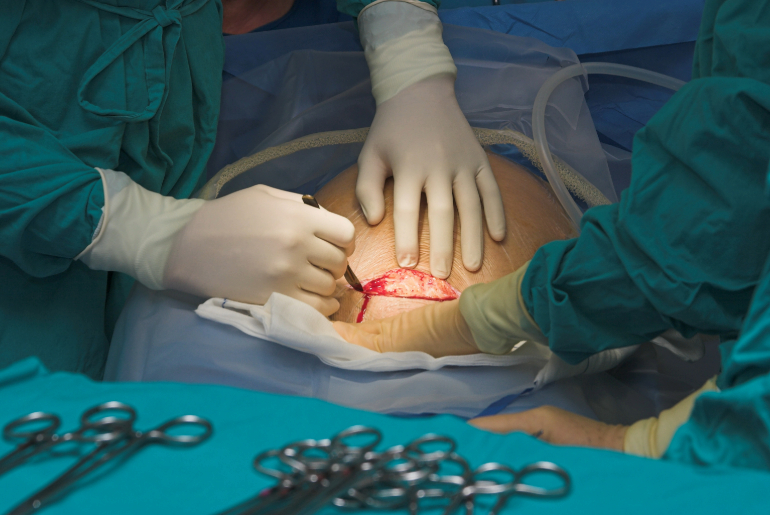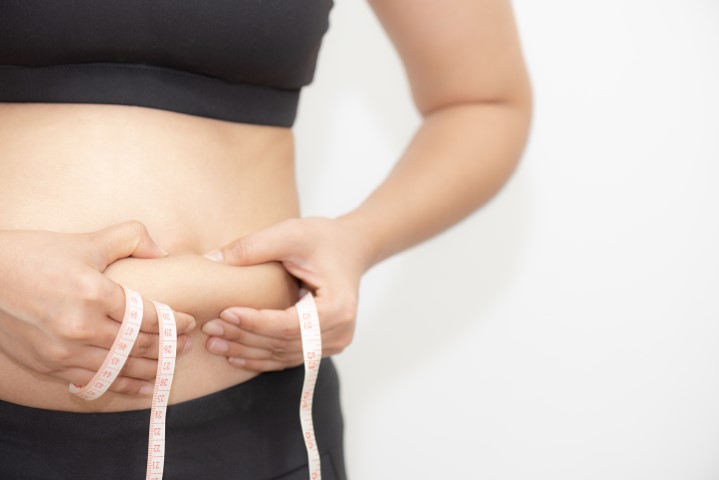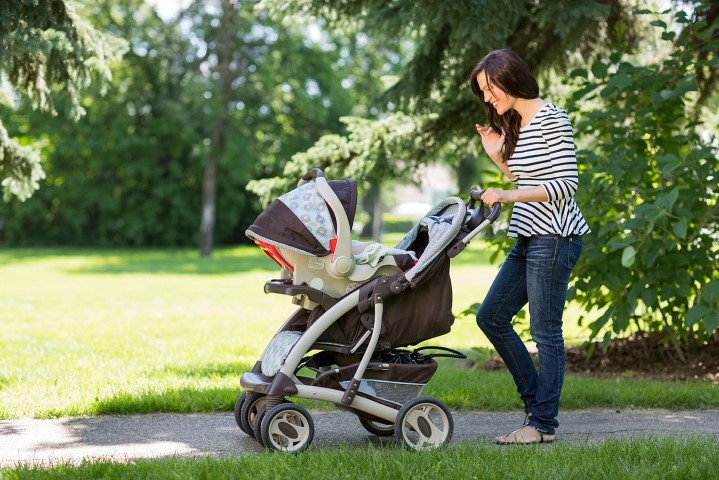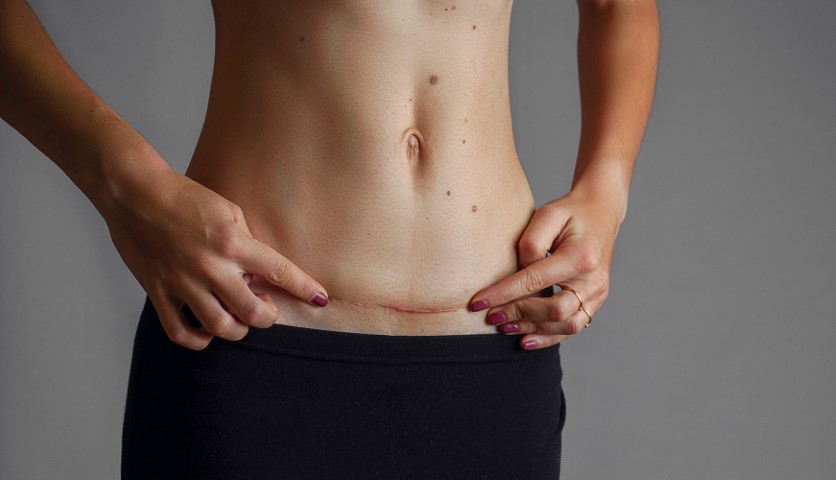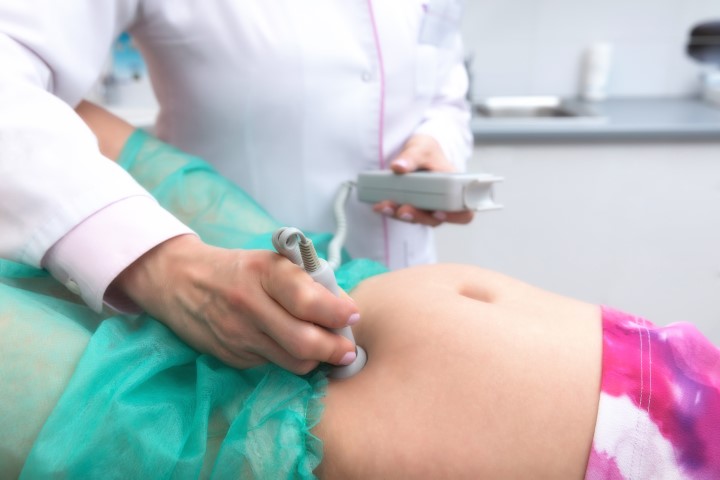Are you scheduled for a planned C-section and feeling a mix of excitement and nervousness? You are not alone! Many expectant parents experience a whirlwind of emotions leading to the big day. The good news is that with the right preparation, you can approach your planned C-section with confidence and peace of mind. This guide is designed to help you navigate the journey ahead, offering practical tips and insights to ensure you’re fully prepared for a smooth and positive experience. Let’s get started on this important chapter of your pregnancy!
What is a Planned C-Section?
A planned C-section, also known as a cesarean section, is a surgical procedure scheduled in advance to deliver a baby. Unlike emergency C-sections, which are performed due to unforeseen complications during labour, planned C-sections are decided upon before labour begins.
Reasons for a Planned C-Section
There are several reasons why a planned C-section might be necessary:
- Previous C-Section: If you have had a C-section in a previous pregnancy, a repeat C-section may be recommended.
- Medical Conditions: Certain medical conditions, such as placenta previa or high blood pressure, can make a C-section a safer option.
- Multiple Pregnancies: If you are expecting twins or more, a C-section may be planned to ensure the safety of all babies.
- Breech Position: If your baby is not in a head-down position, a C-section might be necessary.
What to Expect During the C-Section Surgery
Understanding the procedure can help address some of the anxieties associated with a planned C-section. Here is a brief overview of what to expect:
- Preparation: You will be taken to the operating room, where you will receive anesthesia.
- Incision: The surgeon will make a horizontal incision in the lower abdomen and then another in the uterus.
- Delivery: The baby will be gently lifted out, and you may briefly see your baby before they are taken for initial medical checks.
- Closing the Incision: The incisions will be closed with sutures, which typically dissolve on their own over time.
- Recovery Room: You will be moved to a recovery room where you can start bonding with your baby and begin the recovery process.
Physical Preparation
One of the first steps in preparing for a planned C-section is having a detailed discussion with your healthcare provider. This consultation will cover:
- Medical History: Review your medical history and any previous surgeries.
- Current Health: Assess your current health status and discuss any concerns.
- Procedure Details: Understand the specifics of the C-section procedure and post-operative care.
- Pre-Surgery Instructions: Follow any pre-surgery guidelines provided by your healthcare provider.
Diet and Nutrition
Maintaining a healthy diet is vital in the weeks before your C-section. Eat a balanced diet of proteins, fibre, carbohydrates, and healthy fats. Ensure you consume essential vitamins and minerals, particularly iron, calcium, and folic acid.
Steer clear of foods that could cause bloating or discomfort. Drink plenty of water to stay hydrated.
Exercise
Staying active can help you maintain your strength and endurance, which can be beneficial during recovery. Consider engaging in gentle exercises like walking or prenatal yoga. Strengthen your pelvic floor muscles with specific exercises. Always consult your healthcare provider before starting any new exercise routine.
Packing the Hospital Bag
Packing your hospital bag in advance can help you feel more prepared. Remember to pack personal documents, comfortable clothing, baby essentials, toiletries, and devices or magazines to keep you occupied.
Emotional Preparation
Educating yourself about the C-section process can help you feel more in control and less anxious. Consider reading books, referring to online resources and attending classes and workshops.
Emotional Health
Taking care of your emotional health is just as important as physical preparation. Practice mindfulness techniques and relaxation exercises, use positive affirmations to maintain a positive mindset and consider speaking to a counsellor or therapist if you feel particularly anxious.
Having a strong support system can make a significant difference in your preparation and recovery, so communicate with family and friends about your needs and expectations.
Day Before the Surgery
The day before your C-section, focus on final preparations. Adhere to any specific instructions from your healthcare provider, such as fasting. Confirm your hospital admission time and any last-minute details.
Conclusion
Preparing for a planned C-section involves both physical and emotional readiness. By understanding what to expect and following these preparation tips, you can approach your C-section with confidence and ease.
Reference Links:
[1] https://www.betterhealth.vic.gov.au/health/healthyliving/caesarean-section
[2] https://www.mayoclinic.org/tests-procedures/c-section/about/pac-20393655#:~:text=during%20C%2Dsections-,A%20C%2Dsection%20includes%20an%20abdominal%20incision%20and%20a%20uterine,be%20done%20in%20various%20ways.
[3] https://www.acog.org/womens-health/faqs/nutrition-during-pregnancy
[4] https://kinfertility.com.au/blog/preparing-for-a-c-section

